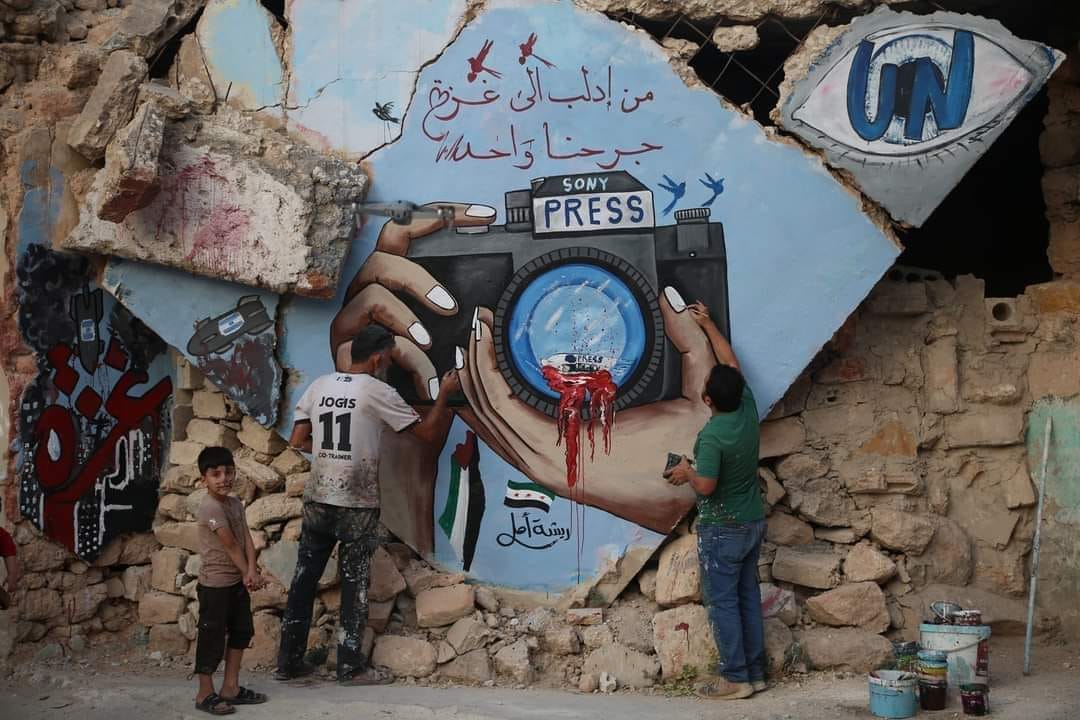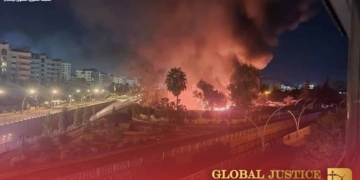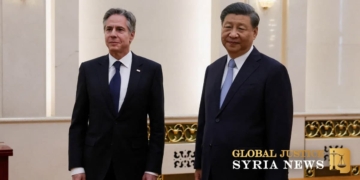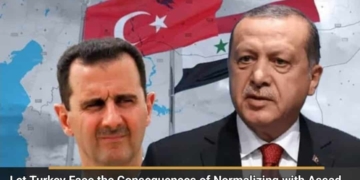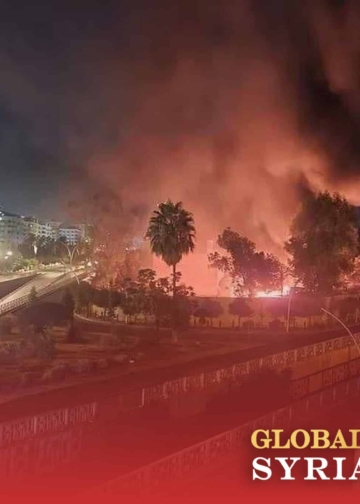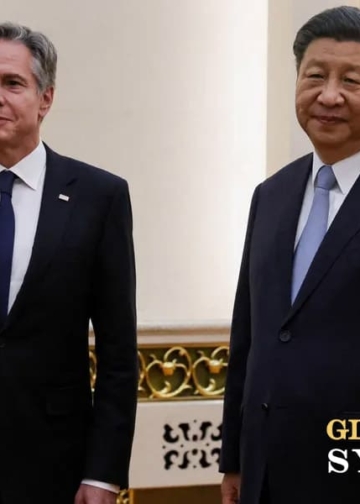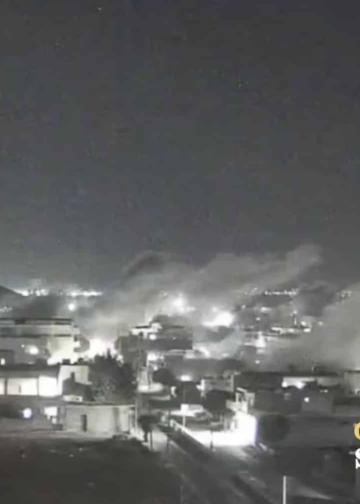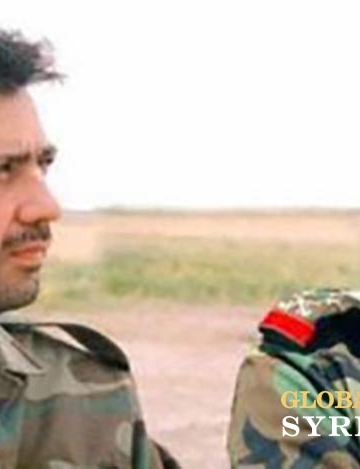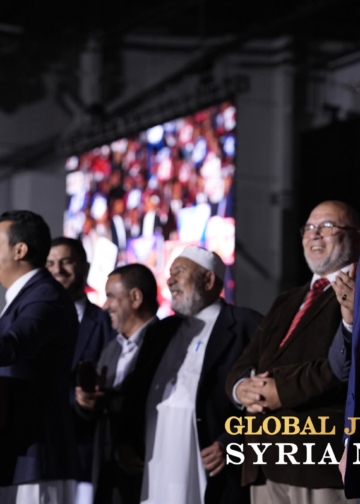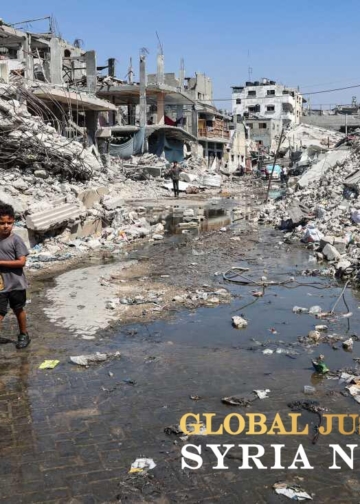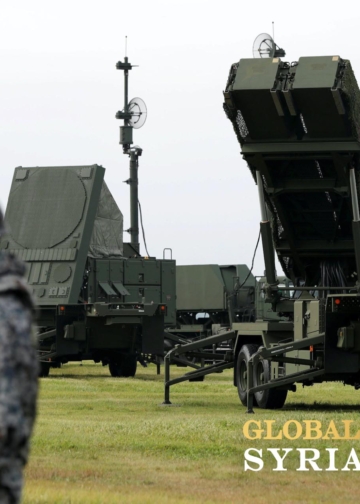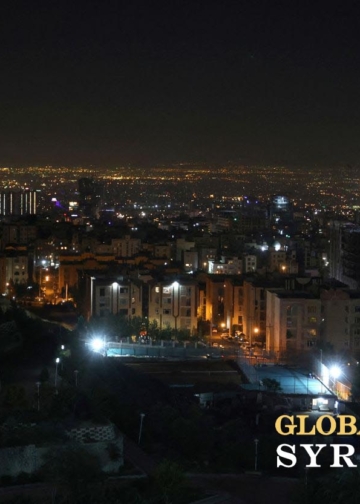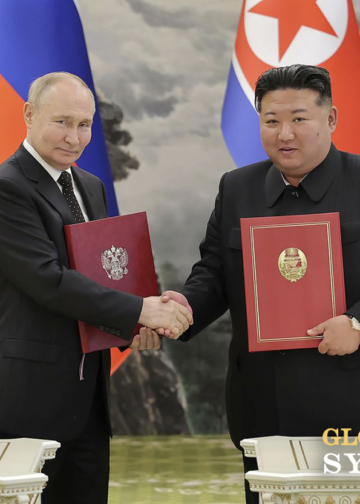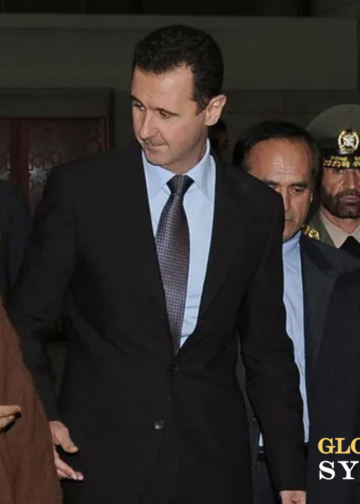Ammar Musarea
Syrians’ responses to Hamas’ attack—and subsequent Israeli airstrikes in the Gaza Strip—have been varied, splitting along regional, political, and ideological lines.
When the al-Qassam Brigades—the military wing of Hamas which the United States classifies as a terrorist organization—launched their al-Aqsa Flood operation, Syrians were already on edge. They had been following news of peaceful protests that have been taking place for almost two months in the Suwayda Governorate, which is majority Druze, as well as in other Syrian governorates. Protestors have called for the end of the Assad regime, the release of tens of thousands of prisoners, and the implementation of UN resolutions on Syria.
Meanwhile, the Syrian regime and Russian aircraft have carried out daily bombings on civilians in Idlib and the surrounding countryside, which have displaced more than 100,000 Syrians. The Syrian Network for Human Rights stated that the Assad regime and Russia’s attacks on northwestern Syria have resulted in around 45 civilian deaths including 13 children, 9 women, and 3 humanitarian aid workers. They said that 51 critical facilities had also been targeted during October 2023. Al-Aqsa Flood also comes at a time when Syrians in regime-controlled areas face increasingly difficult living conditions. Concurrently, the International Court of Justice is beginning initial proceedings for Canada and the Netherlands’ case against the Assad regime for crimes of torture.
The response to events in Israel and Gaza have not been monolithic; reactions have varied significantly depending on factions’ alliances and proximity to the conflict. On the one hand, there is widespread disillusionment with actors claiming to liberate Palestine, a reflection of how groups like Hamas failed to support the Syrian people’s revolution against the Assad regime. However, Syrians as a whole empathize with Palestinians and reject the killing and forced displacement of Palestinians and destruction of their homes. Simultaneously, Syrians have not forgotten the crimes that the terrorist organization Hezbollah has carried out against them in support of the regime, as well as Hamas’s backstabbing in trying to reestablish ties with the Assad regime. Hamas’s close ties with Iran, the main backer of the Damascus government, are another source of anger in anti-regime circles.
Understanding opposition stances
The Syrian opposition coalition has largely ignored what is happening in Gaza, refraining from issuing a formal statement on the matter. Instead, the coalition is prioritizing internal affairs, expelling those who do not support the coalition’s new administration, which critics say was “shoved down their throats.” The same is true of the Syrian Democratic Forces, which have yet to issue a statement on the events in Gaza. They have likewise been focused on their own conflict with Turkey.
In areas under the control of Jabhat al-Nusra in northwest Syria, leaders issued a statement reiterating the usual talking points that Palestine is crucial cause for the entire Arab world and all faithful Muslims. The statement expressed support for the Palestinian people’s right to reclaim and liberate their land.
In areas under the control of Free Syrian Army factions, official statements as well as murals painted on destroyed houses reflected a sense of common suffering, evoking parallels between the destruction of the Gaza Strip and the ongoing bombardment of Syria’s Idlib Governorate by the regime and Russia.
The Syrian Islamic Council, which is headquartered in Turkey, issued a statement reflective of their ideological stance. It hailed the resilience of the people of Gaza and decried the international community’s silence and hypocrisy. It called on other countries to stand with the Palestinian people and their just cause. A similar statement was issued by the Syrian National Action Movement, condemning the targeting of civilians, declaring its solidarity with the people of Gaza, and affirming the right of the Palestinian people to liberate their land and pursue self-determination. Notably, both statements avoided mentioning Hamas by name.
Iranian militias and the Syrian regime
Local sources within Syria indicate that Iranian militia leaders have launched a public relations campaign through cultural centers in the Deir al-Zour Governorate in order to mobilize public opinion in support of Hamas. They have held public meetings about the resistance and the al-Aqsa Flood operation, in addition to seeking donations and volunteers for the fight against Israel on the southern Syrian front in the occupied Golan Heights.
The website Sada al-Sharqieh announced that Iranian militia leaders in the city of Abu Kamal, located in an area under Iranian influence in the Deir al-Zour Governorate, held a meeting with local militia members to discuss the “steadfastness of the heroes of the resistance against the Israeli forces.” At the same time, they sought donations to “support resistance forces” in Palestine. Sada al-Sharqieh also reported that the Islamic Revolutionary Guards’ security operative in Abu Kamal had announced the transfer of forces from Deir al-Zour to the Damascus countryside and Quneitra. Local sources also reported that vans with unknown cargo were headed from Iraq to Syria on the military road near the Iranian-controlled border crossing in eastern Deir al-Zour. The people living in the area were warned not to approach the main road where this convoy would pass under threat of punishment. The final destination of the convoy was not clear.
Meanwhile, the Syrian regime summoned military leaders in Damascus—officers, non-commissioned officers, and personnel working in airfields and military institutions—to join them in carrying out their mission. They suspended the granting of leaves in order to heighten readiness. The Office of the Syrian Presidency posted an image on its official Facebook page of a map of Palestine with the al-Asqa Mosque in the background. Regime supporters saw this as an implicit show of support from the Syrian regime for Gaza.
The Syrian Ministry of Foreign Affairs later issued a statement affirming that “resistance factions in occupied Palestine have made new inroads on the path to achieving inalienable Palestinian rights.”
In response to the explosion at the Baptist Hospital in Gaza and the reported mass loss of life, the Presidency of the Syrian Arab Republic issued a statement saying: “What the Zionist criminal forces carried out in their aggression against the Baptist Hospital in the Gaza Strip constitutes one of the most horrific massacres against humanity in the modern era, and the most bloody.” However, it is surprising that many Syrians on social media did not focus much on determining the perpetrator behind the attack on the hospital, but focused their attention instead on the attempts of Iran and its proxies to take advantage of the incident.
Protests in Suwayda and other regime-controlled cities
In Suwayda, a few banners have been raised in support of Palestinians (without expressing support for Hamas). However, the peaceful protests that take place daily in the governorate have largely avoided what is happening in Gaza. They have instead focused on calling on the international community to exert pressure on the Syrian regime to release prisoners, prosecute regime leaders for their crimes against the Syrian people, and force Assad to step down, among other demands. Intent on keeping the movement national in scope, protestors have emphasized the unity of the Syrian people against the regime.
In the nearby Daraa region, hundreds have taken to the streets to protest in solidarity with the people of Idlib and Gaza. The Horan Free League website stated that the town of Muzayrib in western Daraa had experienced major protests in which demonstrators raised the flags of the Syrian revolution and Palestine alike. They chanted on behalf of Idlib, which had been subjected to an intensive bombing campaign by the Syrian regime and Russia for the past week.
In Idlib itself, many gathered in al-Sa‘a Square in support of Gaza. Demonstrators raised the Palestinian flag as well as flags of the Syrian revolution, and held banners calling for solidarity with Gaza: “Our people are in Gaza, your blood is our blood, your lives are our lives . . . we must liberate ourselves and come together.” Other banners read “The traitor Assad is bombing Idlib while our people are bombed in Gaza” and “God bless the steadfast people of Idlib and Gaza.”
Social media responses
Syrians also took to social media, where users made a clear distinction between support for civilians and support for Hamas. Many saw Hamas’s actions are counterproductive to the Palestinian cause; some even went as far as to say that “we would not open our doors [to Hamas] for a second if they fled from fighting Israel.” Activists recalled images of Hamas leaders shaking hands with Assad, an act they see as a betrayal of the Palestinians in Syria’s Yarmouk camp. Still others warned against trusting Iran and Russia, which have together killed and displaced thousands of Syrians. One influencer even wrote on X: “To our people in the Golan—if war should come near you from the Syrian side, go fight with the Israeli army for your lives because [the regime] will kill you . . . don’t believe what they say, you know how things are in Syria so endure hell if it means you won’t be ruled by the Syrian regime.”
Syrians also ridiculed and critiqued the Russian President Putin’s statements on the crisis in Gaza and in particular his comparison of the siege of Gaza and the siege of Leningrad. One commentator stated that the Gazan siege was “just like when [Russia], Iran, and Assad laid siege to Ghuta in Damascus and its people had nothing to eat but falling leaves for three years.” The writer Maher Sharaf el-Din, a social media influencer, wrote that “as Putin acts the hypocrite to the Islamic world with his false tears on what is happening in Gaza, Russian planes are killing dozens in Idlib!” He lamented that huge swaths of the Islamic world have praised Putin’s stance and averted their eyes from what is horrors happening in Idlib, as if Syrian blood was expendable. Another wrote that the “criminal” was besieging Syrian cities, leaving them without food or water, bombing homes, hospitals, markets, schools—and now giving lectures on how to behave honorably. The commentator added that Russia was exploiting what was happening in Gaza to cast itself as a proponent of peace, all while Russian planes continued their airstrikes on the city of Ariha in the Idlib countryside.
In the Syrian political sphere, officials and analysts have taken unexpected stances on the conflict in Gaza. The political and military analyst Abdulnaser Alayed observed that Syrians were initially silent about what was happening in Gaza, but that every Syrian supports Palestine, and that “our forebears fired the first shots against the Zionist occupiers and were the second, third, and fourth to fall.” He added that Syria would defend the right of Palestinians to their land until the very end. Ibrahim Aljabeen wrote that while Hamas boasts of its attack on the Israeli occupiers with Iranian support, the group would not be able to convince any child in the decimated countryside of Idlib or Aleppo that this assault was worthy. Aljabeen said that it was clear Hamas was trying to implement the Iranian Revolutionary Guard Corps’ (IRGC) agenda and escalate regional tensions, noting that Hamas leaders has thanked the IRGC from the first moments of their military operation.
The Syrian response to Hamas’s attack—and subsequent Israeli airstrikes in the Gaza Strip—has been varied, splitting along regional, political, and ideological lines. Seeing the indifference of the international community in regards to their struggle against the regime, many Syrians are connecting what is taking place in Gaza to their own suffering. They have also made a point to differentiate between support for the Palestinian people and those who have usurped the Palestinians’ right to represent themselves, including Hamas and Hezbollah.



